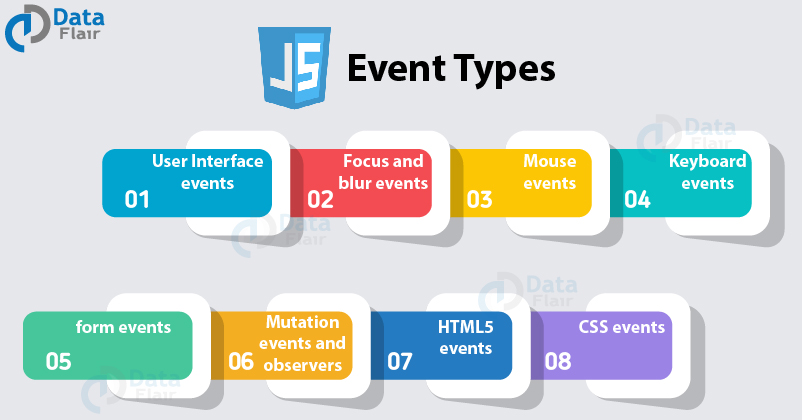reading-notes
Aloysious' Codefellows Reading Notes
Code 201 Reading Notes
Class 9
<== Previous Lesson Next Lesson ==>
<== Home 🏠
HTML Forms and JS Events

Forms HTML book (p.144-175)
Adding text…Making choices…Submitting forms
- Form Structure (pp.151-162)
- Labeling Form Controls (pp.163)
- Grouping Form Elements (pp.164)
- Form Validation (pp.165)
- Date input (pp.066)
- Email and URL input (pp.167)
- Search input (pp.168)
Radio buttons cannot be deselected, when agreeing to things like terms and conditions use a checkbox instead.
The
<label>element makes a form more accessible to vision impaired users.
Information from a form is sent in name/value pairs.
The HTML <input> element is the most used form element.
An <input> element can be displayed in many ways, depending on the type attribute.
Type = Description
<input type="text"> Displays a single-line text input field
<input type="radio"> Displays a radio button (for selecting one of many choices)
<input type="checkbox"> Displays a checkbox (for selecting zero or more of many choices)
<input type="submit"> Displays a submit button (for submitting the form)
<input type="button"> Displays a clickable button
Forms W3Schools
Lists, Tables & Forms HTML book (pp.330-357)
Forms are easier to use if the form controls are vertically alinged using CSS
List markers can be given different appearances using the list-style-type and list-style image properties.
Web-Developer Tool < Chris Pederick
tr:hover {background-color: #f5f5f5;} for <tr> makes table rows color change when the user scrolls over it.
Lookup “Zebra” to alternate row colors for increased visibility. I’ts an nth thang.
Events JS book (pp.243-292)
When an event occurs, the event object tells you information about the event, and the element it happened upon.

Event Delegation < Dmitri Pavlutin
Event Delegation
Creating event listeners for a lot of elements cal slow down a page, but event flow allows you to listen for an event on a parent element.
Changing Default Behavior
The event object has methods that change: the default behavior of an element and how the element’s ancestors respond to the event.
jQuery Events W3Schools
Reading
From the Duckett HTML book:
- Chapter 7: “Forms” (p.144-175)
- Chapter 14: “Lists, Tables & Forms” (pp.330-357)
From the Duckett JS book:
- Chapter 6: “Events” (pp.243-292)
<== Previous Lesson Next Lesson ==>
<== Home 🏠